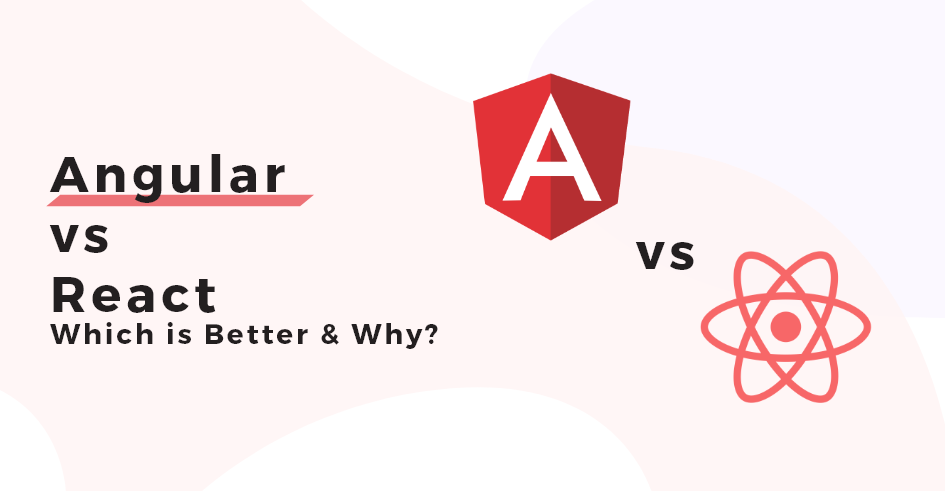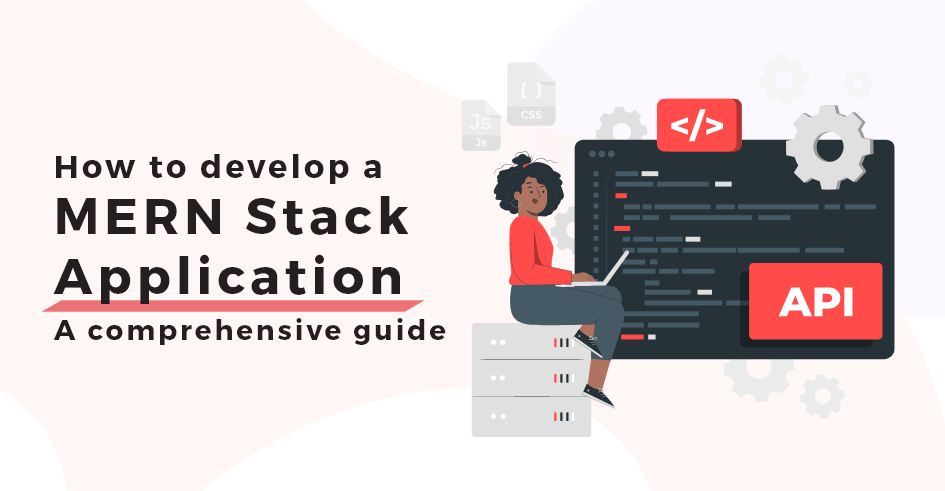There’s a lot of information about ASO on the Internet, and it’s growing every day. App stores (Apple App Store and Google Play Store) increase dramatically (and competition). Numerous aspects influence a mobile app’s market success. It must also be easy to find for potential consumers, aside from the general UX and the value it provides.
If you operate an Android app, one of the most important things you can do to ensure its high discoverability is to optimize it for the Google Play Store, making it stand out amid the tens of thousands of other possibilities. Mainly because there are 2.9 million apps on Google Play globally.
We’ll go over our top hacks for making your app stand out to both the Google Play Store algorithm and users in the following piece.
1- CHOOSE KEYWORDS THAT HAVE A GOOD VOLUME-TO-CLICK-THROUGH RATIO
It’s a common mistake for newcomers to ASO (App Store Optimization) to focus solely on choosing keywords with the most significant possible search volume in the app description. When selecting keywords, keep in mind the search intent of your target audience. Is it reasonable to expect them to understand what your software does? Are they fresh to the issue, or have they employed a similar solution before?
The Google Maps placement in the Play Store is an example of a well-thought-out user intent strategy. Despite its enormous popularity, the app’s Google Play Store name is descriptive: Maps-Navigate and Explore
Google ensured that anyone seeking a navigation solution without using their brand name would still find their app by utilizing these two keywords.
2- KEEP YOUR DESCRIPTION SHORT, DON’T INCLUDE TOO MANY KEYWORDS
Keywords are essential to make your application visible, but they shouldn’t be added in the brief descriptions, mainly when the description consists of only 80 characters. You should treat it as your elevator pitch. You only need a few seconds to grab your audience’s attention, make a solid first impression, and sell the story behind your app. Naturally, you can add a keyword or two – just make sure they don’t detract from the overall content.
Instagram’s slogan, “Bringing you closer to the people and things you love,” is the best example of explaining the importance of the right elevator pitch.
3- UTILIZE THE KEYWORDS IN LONG DESCRIPTIONS
Unlike the iOS App Store, Google Play searches your app’s extensive description for relevant keywords. This is where you should concentrate your efforts and mention the terms for which you wish to be found.For several industries, the difference in app ranking has shown to be extremely significant. For example, after ASO-optimizing the long description, the marketing agency AppMasters noted a boost in traffic for two keywords. The first keyword rose from 13th to 8th place, while the second rose from 11th to 8th place.
This indicates that the app ranked in the top ten search results for both terms!
4- INCLUDE SOCIAL PROOF OR DATA TO YOUR DESCRIPTION
If you have a particularly impressive statistic or an endorsement from a renowned client, you should absolutely highlight it in your Google Play listing! Mentioning this can help you gain credibility and set yourself apart from the competition, particularly if the stats or endorsement are visible above the fold.
Expedia Google play profile is one of the example. As you can see, the app’s makers made certain that anyone looking through the listing is aware that there are almost half a million hotels available worldwide. You can try this approach yourself by doing an A/B test, one listing that doesn’t feature a particular number or customer endorsement, and one that does. Because of the large increase in download rates, the app may be added to the Play Store’s “Trending” list.
5- MAKE SURE THAT YOUR APP’S LOGO IS UNIQUE
Making your images stand out from the crowd is one of the most effective strategies to increase your Google App Store downloads. If you know your competitors’ visual identities, you can do this by utilizing colors that contrast with theirs. Another option is to make a dramatic statement by building a distinct and easily recognizable brand.
SNAPCHAT is the best example of dedicated mobile app developers implementing the uniqueness factor. Its bright yellow icon and key graphics make it unique from others.
6- GET YOUR APPLICATION FEATURED IN GOOGLE SEARCH APPLICATIONS PACKS
Not all app searches are conducted directly on Google Play; other consumers simply use Google Search. As a result, Google came up with App Packs, a specific snippet that appears towards the top of search results.
This implies that you should concentrate not only on ASO but also on SEO (Search Engine Optimization). Fortunately, many of the fundamental criteria are the same in both cases, so you can rapidly learn Google Search and Play Store optimization.
7- DON’T RELY ON GOOGLE, PLAY THE AUTOMATIC TRANSLATIONS
Google offers automatic translations of listing descriptions to make it simple for you to be present on multiple markets rapidly. They do, however, explicitly advise that you use them simply as a temporary solution and engage a human translator.
This is because optimizing for many markets entails more than simply translation; it also entails localization. When it comes to localizing your app’s descriptions, you’ll need to conduct independent keyword analysis for each area. In one market, a word that is straightforward to rank for and has a large search volume may not be as simple to rank for and similarly popular in another.
For example According to UberSuggest, the term “bed and breakfast” has a search volume of 110,000 in the United States and a difficulty score of 46, while the volume is 18,100 in Canada and the difficulty score is 24. This indicates that, while the term is 5 times as popular in the United States as it is in Canada, ranking for the phrase in the American market is also twice as difficult.
8- OPTIMIZE YOUR APP TO SUIT REGIONAL CULTURAL DIFFERENCES
We strongly advise you to localize both the copy and the images that accompany your app’s listings. This is true not only for the text on your photographs, but also for the voice in your promotional film.
Consider the uniqueness of the markets where your app is available: do their lives, values, or beliefs differ significantly? This may imply displaying various swimwear images within listings in Europe and the Middle East for a company like H&M.
9- INVEST IN AN APPLICATION RETENTION STRATEGY
In the Google Play Store, there are two sorts of metadata. The first is referred to as “on-metadata” (i.e., listing stuff that you have control over and can update, such as photographs, title, or description). The second type is known as ‘off-metadata,’ and it contains data such as the number of installation, user reviews, and customer ratings). You can’t change any of this information as the app’s developer.
Both sorts of metadata are used by the Play Store algorithm when determining whether your app should be ranked highly. If you have unfavorable user reviews or your installation rate suddenly declines, it can hurt your app’s ranking in search results. There’s just one way to make off-metadata work for you: make sure your app is valuable to your users, that they give nice reviews, and that they return frequently.
ENDNOTE
It’s critical to remain on top of any algorithm updates or general ASO/SEO recommendations in order to ensure that your app ranks highly in Google – both in the Play Store and in search results. Always pay attention to all forms of metadata in your app listings, including those you control as well as data from user sessions, reviews, and performance monitors.




